(Gerry Furth-Sides) In the “everything old is new again,” we discover ancient ingredients that have traveled the world in classic and now new forms. Barberries, pomegranate molasses and for our kitchen, preserved lemons have become favorites as they have been for hundreds of years. And as wonderfully surprising an ingredients in our favorite desserts.
First up for our newest find: Chef Nick Shipp at Upper West Restaurant creates a middle-eastern influenced menu that also favors fresh California produce. Roasted Cauliflower ($13), generous enough as a sharing plate is rich in flavors with chimichurri spice, barberries, tahini, pine nuts with an Asian crunch twist of toasted panko. It’s always fun to learn and we had to ask about the “barberries” here.
It turns out that barberries are long red berries that grow on shrubs, which have branches covered in yellow flowers. Known as zereshk in Iran, barberries have long been part of traditional medicine. They not only grow in Persia but they are found in America and Asia. The American version is more sweet than the European or Middle Eastern version. Barberries add a kick of citrusy flavor to dishes, like the neutral cauliflower, welcome an extra boost of brightness.
The other startling note about tiny barberries is a list of gargantuan health benefits.
- Calories: 89
- Protein: 1 gram
- Fat: 1 gram
- Carbs: 18 grams
- Fiber: 3 grams
- Vitamin C: 213% of the Daily Value (DV)
- Iron: 15% of the DV
Dots of tart and mildly sweet, lend a gentle, curious snap with just a few drops of pomegranate molasses. And “only a few drops” is key to making it work.
Because of its similarity to other reduced syrups, such as balsamic vinegar, Pomegranate molasses can be used in the same way to add a spark of sweet and four flavor to a dish. This includes salad vinaigrettes, ground meat and stews. And like salt, it can even be added to dessert caramel sauces.
I saw the word, “molasses” and plucked it off the store shelf with vision of black strap molasses in mind. So after pouring it generously onto a salad, a “no no”, the bottle in the fridge for months until I tasted it in a middle eastern flatbread.
In the last decade, Pomegranate molasses has become more accessible across the globe, a trend fueled in part by the growing popularity of Persian and Middle Eastern dishes among Western cooks. Jerusalem, Yotam Ottolenghi and Sami Tamimi catapulted it to fame in their book, Jerusalem.
Mass produced Pomegranate molasses is now sold in glass jars on grocery store shelves. We bought our first bottle at Fresh Harvest market in “Little Arabia” and then saw it in shops like World Market, and now even Trader Joe’s has a version.
Pomegranate molasses has very deep roots in the Middle East with bumper crop harvests in October and November.The liquid is cooked down over an open fire tended by families and neighbors for hours and hours until it was reduced to a thick, dark reddish-brown concentrate.
Native to the region stretching from modern-day Iran to India, pomegranates are so important they symbolize light at the winter solstice celebration. These days, Lebanon and Iran are the major countries of pomegranate production. And it is still an economic staple of northwest Syria.

Preserved lemons belong to cuisines at the more western end of the Mediterranean. The best lemons, of course, are meyers lemons right from the garden. You can eat them, skin and all, because they have no coating on them. The coating is strictly required by government regulation.
Meyer lemon are a hybrid of lemon and orange parentage, which is why they are more tart than sour. The first Meyer Lemon tree tree was brought to the United States from Beijing, China in 1908 by Frank Meyer, a plant explorer of the U.S. Department of Agriculture. Melissa’s Meyer Lemon are high quality.
We wrote about preserved lemons in 2017. We wrote about them when they became available online. It will give you an idea of what the lemons taste like if you have never made them before — very, very salty! //localfoodeater.com/casablanca-markets-finest-moroccan-products-go-global/
Preserved lemons were also a key ingredients that pulled the signature Tunisian Sandwich flavors together at HARISSA restaurant. You can also duplicate this at home. They provide the magic that pulls together albacore cuna belly, capers, potato, black olives, harissa and mechoia.
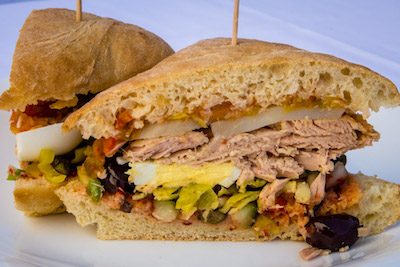



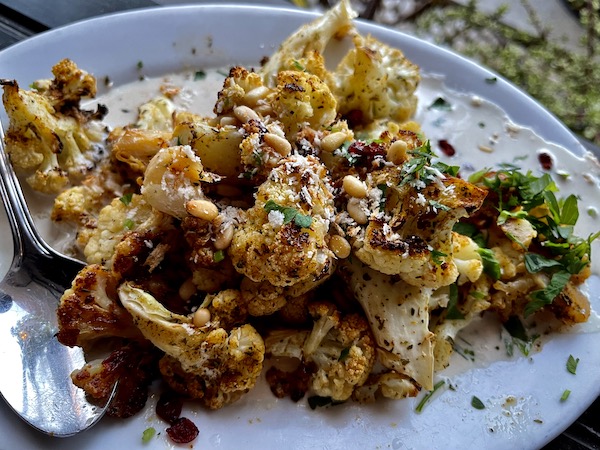

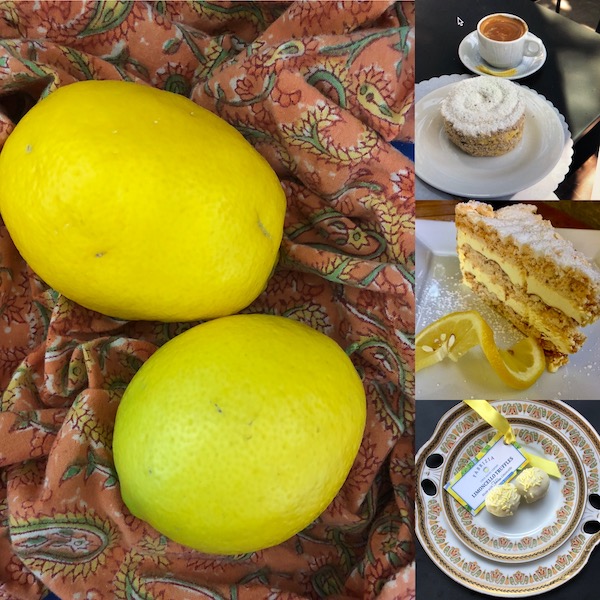

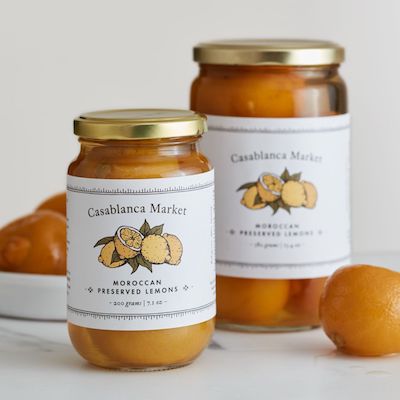
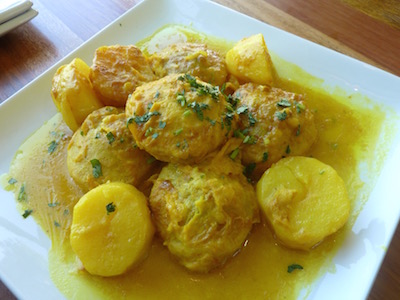
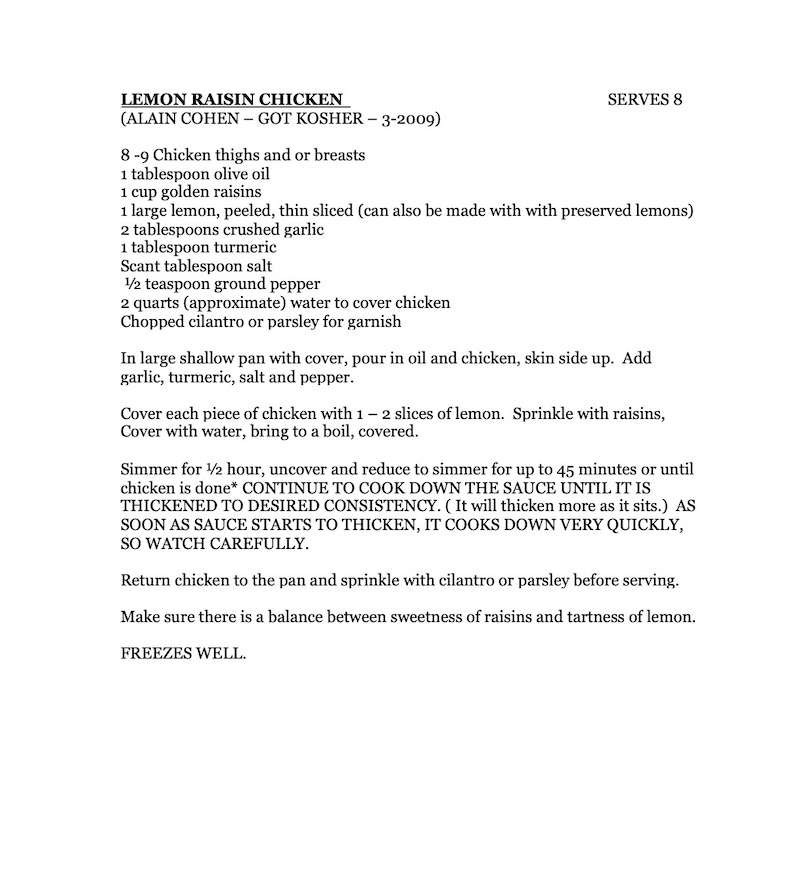
 Gerry Furth-Sides
Gerry Furth-Sides  Barbara Hansen
Barbara Hansen  Chef-owner Alain Cohen
Chef-owner Alain Cohen  Roberta Deen
Roberta Deen  Jose Martinez
Jose Martinez  Nivedita Basu
Nivedita Basu